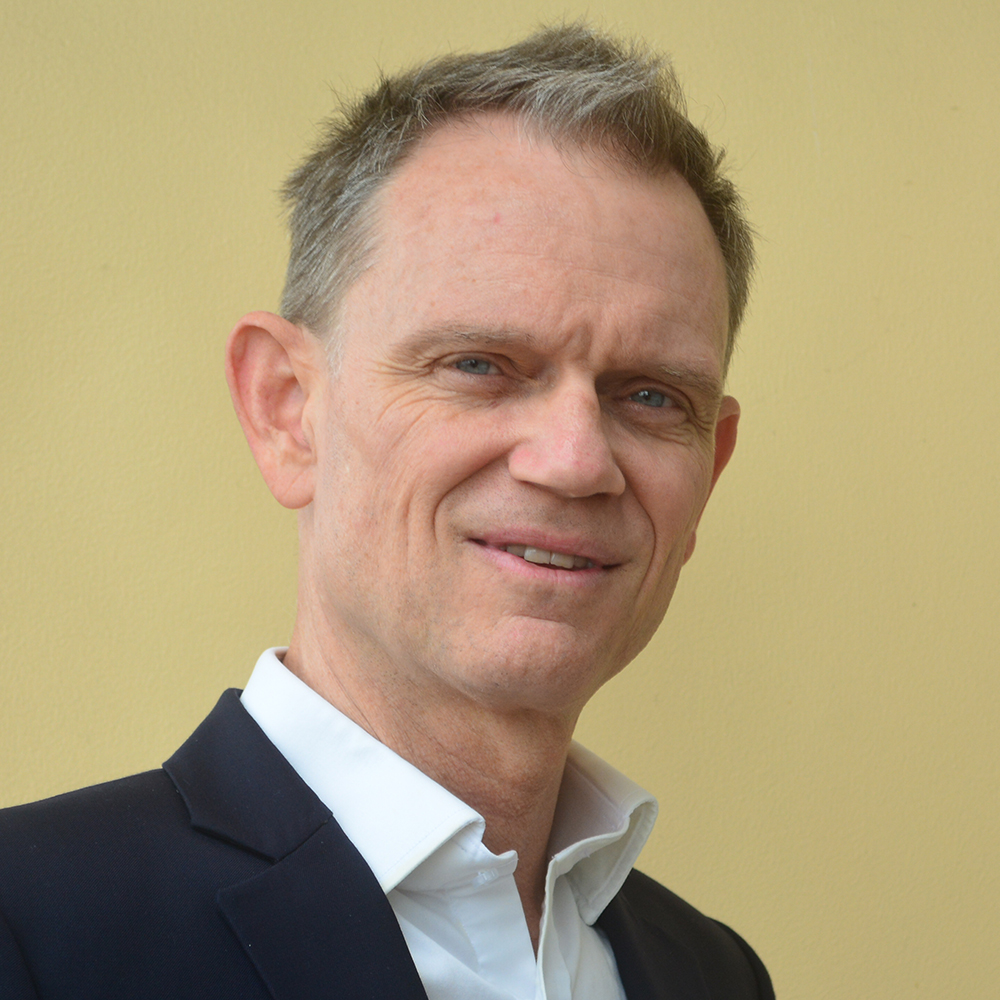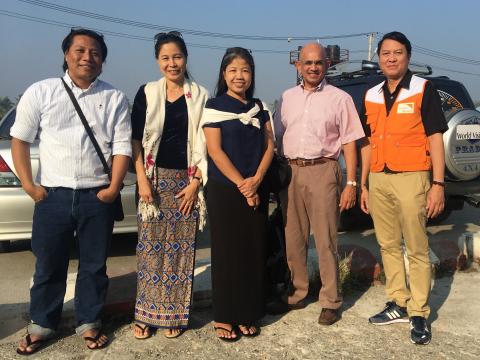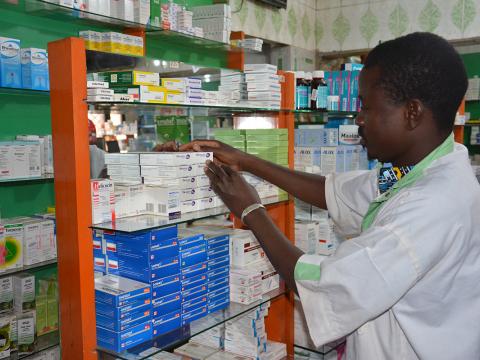People are key to breaking the fragility cycle
By Dan Irvine Senior Director, External Engagement, Health and Nutrition, dan_irvine@wvi.org
The world has made great progress in development, particularly in the significant decline of under-five child mortality in recent decades. According to the WHO , since 1990, the number of children around the world dying before the age of five has dropped by 58%, from 93 deaths per 1 000 live births in 1990 to 39 in 2017. While we continue our work to reduce this number further our attention increasingly shifts toward the more intransigent corners of vulnerability - the most fragile contexts.
Women, children and adolescents are uniquely and disproportionately affected by conflict and fragility, over half of global maternal and child mortality now occurs in these contexts. The world has taken note; the need to increase reach and investment into fragile contexts is a well-established priority. World Vision has committed to doubling the amount we spend in fragile contexts by 2030.
A history to be proud of
World Vision has a long history of championing health and nutrition in fragile and conflict-affected contexts stemming from our support for orphaned children following the Korean War, to our provision of medical aid to Vietnamese boat people in the aftermath of the Vietnam War, and our management of the only paediatric hospital in Phnom Penh during the Khmer Rouge years. Today, World Vision supports health and nutrition work in 14 of the 20 most fragile states.
Achieving results in Afghanistan
In 2016, Aga Khan University concluded a meta-analysis of seven of our maternal, newborn, child health and nutrition programmes implemented in Afghanistan between 2007 and 2015, reaching nearly a quarter of a million people. In 2017, we conducted a Lives Saved analysis on three of those programmes, finding average reductions in maternal, under-five, and newborn mortality of 2.6% 16% and 18.8% respectively.
Singular contributors to these reductions included a 322% increase in contraception use, as well as increases in antenatal care (36%), the attendance of skilled birth practitioners (37%), early initiation of breastfeeding (37-59%), and tetanus toxoid vaccinations (50%). These achievements were largely the result of building the capacity of midwives and community health workers to deliver a quality service. Aga Khan’s evaluation found that these programmes all had a partial to high probability of sustainability.
Effective national coverage in Somalia
World Vision has managed the Global Fund- tuberculosis (TB) programme in Somalia for 14 years, achieving national coverage. In that time, we have seen the number of treatment centres grow from 34 to 95, and156,000 people treated with an 88% success rate. In addition, 83% of those tested for TB also tested for HIV, resulting in 63% of the HIV-positive patients receiving anti-retroviral treatment.
The secret to success
How was this level of success achieved in one of the world’s most unstable countries? The Somalia TB success story is founded on a firm commitment to consensus building among multiple stakeholders nationwide, including the three separate Somali governments, the Somali Aid Coordinating Body and the TB Coordination Team2.
While it is true that success in fragile contexts can be achieved, international funding in such contexts urgently requires review. Future funding should address not only the total gaps, but issues of duration, continuity and consensus on geopolitical prioritisation. But we also need to acknowledge that such funding will never be a sole solution to the humanitarian and development needs of these countries.
World Vision recognises the need for people in fragile contexts to be helped to tackle problems in their own society, and given the necessary training and resources to do so, so they can build their resilience against any future issues they may face.
Recommendations
Based on our experience, we believe:
- There is a need for greater and more consistent coordination between government and civil society development groups in fragile contexts.
- Communities must be able to manage their developmental needs effectively, and to hold duty bearers accountable.
- We must invest in people. Local people should be managing systems, and delivery of services. In these contexts, human resource development may be the single greatest and most sustainable investment we can make.
Read more:


